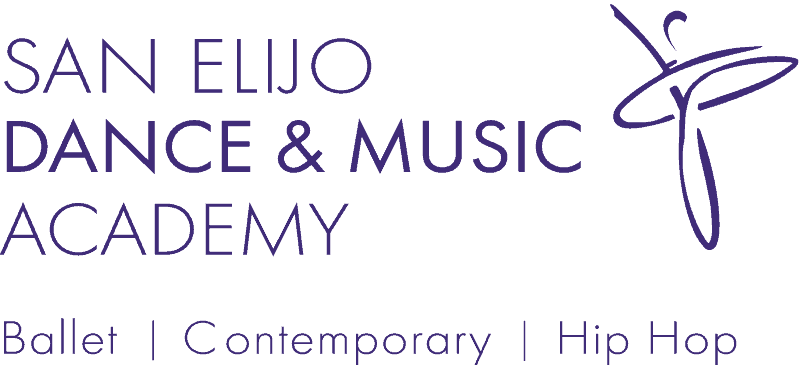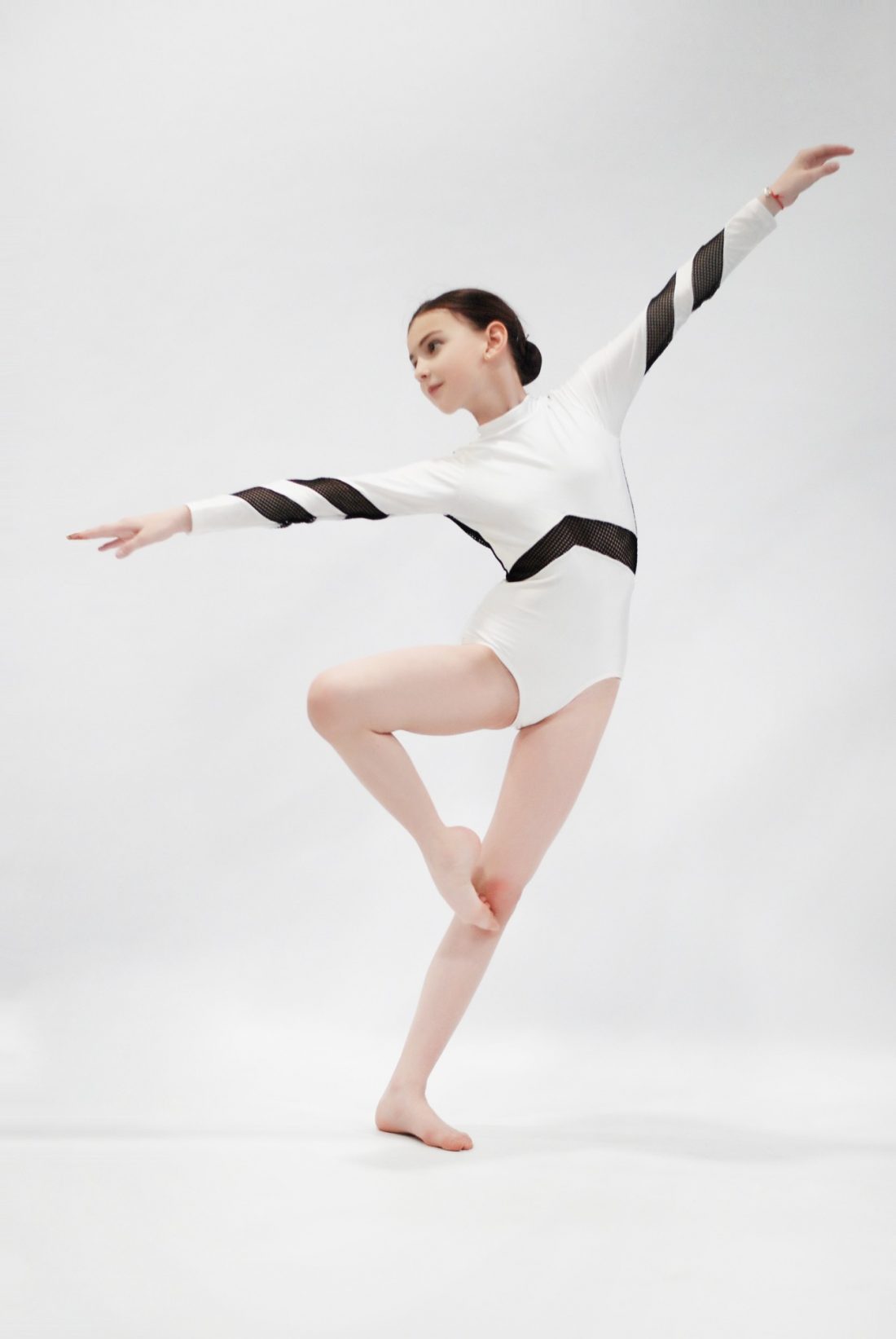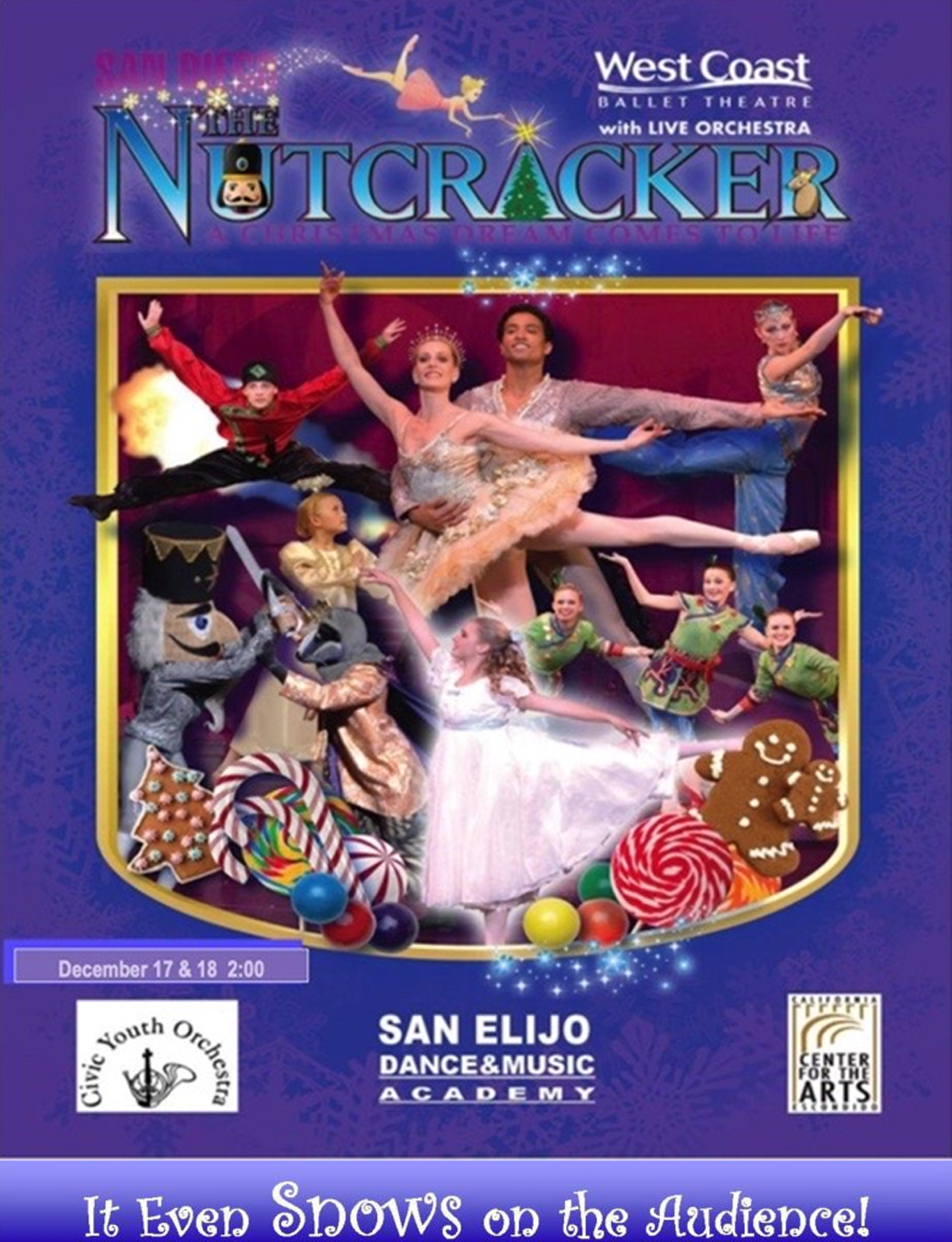8 Things to Know About Contemporary Dance Before Enrolling Your Child
Are you thinking about enrolling your child in contemporary dance classes? Here is a list of things to keep in mind before their first day.
There’s a reason the dance company industry’s worth $4 billion and growing. Dance companies are monumental influences for children aged 2-18 seeking creative outlets.
The safe, social, and expressive dance experience can shape a child’s life in their most formative years. That’s even before choosing a specific style of dance.
Contemporary dance is an experimental and hybrid craft, which is appealing to growing youth. The freedom experienced through contemporary dance moves holds many benefits.
If you’re considering enrolling your child in contemporary dance, you’ll want to learn more about it. Here’s what to know.
What Is Contemporary Dance?
While contemporary dance might seem elusive – as it fuses lyrical, modern, and ballet techniques – it’s more familiar than you may think. When you imagine expressive, raw, and emotional performances, it’s likely contemporary dance.
Here are eight things to know about contemporary dance before enrolling your child in a class.
1. Contemporary Dance History
Contemporary dance holds a rich history beginning in the early 20th century. It’s three pioneers – Isadora Duncan, Martha Graham, and Merce Cunningham – revolutionized dance by integrating many styles into one.
It’s helpful to learn about these contemporary dance icons to fully appreciate its evolution.
2. Contemporary Dance Icons
Classic dance techniques depend on precision, posture, costumes, and music. Isadora Duncan’s free spirit brought a fluid and authentic movement to a rigid ballet format.
The classic contemporary look today comes from Duncan’s influence: flowy costumes, flowing hair, and bare feet.
Martha Graham’s known for her personalized choreography techniques, infusing emotion into everything. Her explorations revolved around contraction and release as well as sharp, jagged, and distinct movements.
Merce Cunningham, the father of contemporary dance, explored concepts involving space and time through movement. He focused on abstractions, the atmosphere, and storytelling through his performances.
The otherwise poised and compartmentalized dance styles took a new form once combined with each other. These aspects of emotion, thought-provocation, decor, and unique movement took on a new life together.
The dance world wouldn’t be what it is today without these three forces.
3. Cultural Influences
Hybrid arts can either seem hard to grasp or make perfect sense. Contemporary dance is an intuitive, real, and honest way to bring all parts of you to the studio. Dance isn’t just an outward performance – it’s an internal experience.
History shows Zen Buddhism and Indian Hatha Yoga influence contemporary dance both in their philosophies and movements. Dance – especially contemporary dance—is meditative, spiritual, and mystical.
It’s natural to see yoga’s inspiration in contemporary routines. Contemporary dance also reflects dance cultures throughout the US and Europe. Knowing its soulful and social textures helps appreciate this style’s impact beyond its routine.
4. Contemporary Dance Moves
It’s good to know the type of movement your child will practice. Common contemporary dance moves include:
- Shifting positions
- Emotional poses
- Oppositional moves
- Different kinds of breathing
- Floor positions
- Balancing and strength endurance
If you have a young child, we can imagine what you’re thinking. Contemporary seems sophisticated—and it can be. Know that we meet your child where they are in their development and there are contemporary classes for all ages.
At the end of the day, the most important consideration’s your child. Consider how contemporary might benefit them.
5. Your Child
Since contemporary dance is a fusion of other techniques, it’s easy to think it’s for everyone. It’s important to remember that contemporary’s unique in the same way as is ballet, tap, jazz, hip-hop, or anything else.
Ask yourself these questions:
- Does my child like to roll around freely, or do they prefer standing choreography?
- Does my child prefer loose, flowing costumes or delicate ones?
- How does my child express themself?
- What’s fun for them?
- Are they emotional in nature?
- Do they enjoy lots of movement?
- Where will they thrive?
If you have an older child, it’s likely they’re familiar with contemporary dance. It’s smart to consider how contemporary dance may inform their future in the arts. Meeting your child where they are is the best way to land them in the right class.
6. Contemporary Dance Music
You might be wondering, what kind of music will my child be listening to? Depending on their age, this question holds strong importance.
Since contemporary music’s a blend of other dance styles, the music varies too. Depending on the teacher’s preferences and the class energy, contemporary music might include:
- Jazz
- Acoustic songs
- Ethnic pieces
- Electronic music
- Ambient music
- Blues
- R&B
- Rock
- Pop
While that may seem like most music genres, there’s a reason for it. Contemporary dance caters to the music, not the other way around. Contemporary dance rests in how you approach each routine.
7. The Contemporary Approach
Contemporary dance reflects the dancer’s relationship to the piece. When choosing contemporary songs, it helps to ask:
- What story does this song tell?
- What story will the class bring to the song?
- What emotions capture the story?
- What’s the greater impact?
Music’s crucial in dance performances. Finding the right song sets the framework for optimal expression. Making sure the dancers feel the music sets the stage for a true, unabashed performance.
8. Contemporary Dance as Communication
Contemporary dance helps dancers communicate with the music and themselves in a deeper way. Depending on the teacher, some may use instrumental music. Other times, lyrical ballads are perfect for contemporary routines.
If you have questions about the style of music your child will dance to, feel free to ask our teachers! Our music’s always age-appropriate and helps children express themselves based on their stage of development.
Creative Expression With Contemporary Dance
Contemporary dance is the ultimate form of creative expression through movement. Knowing how it differs from other dance modalities helps prepare your child for a one-of-a-kind experience.
If they’ve taken other dance classes before, ask them what they know about contemporary. You’ll know if they’re up for trying something new, or if this style’s a good fit for them.
There’s nothing more beautiful than finding the perfect dance style for your child. Who knows where it will take them? Maybe this new venture will inform the rest of their lives.
Try complimentary classes today to see if contemporary’s your child’s way!


